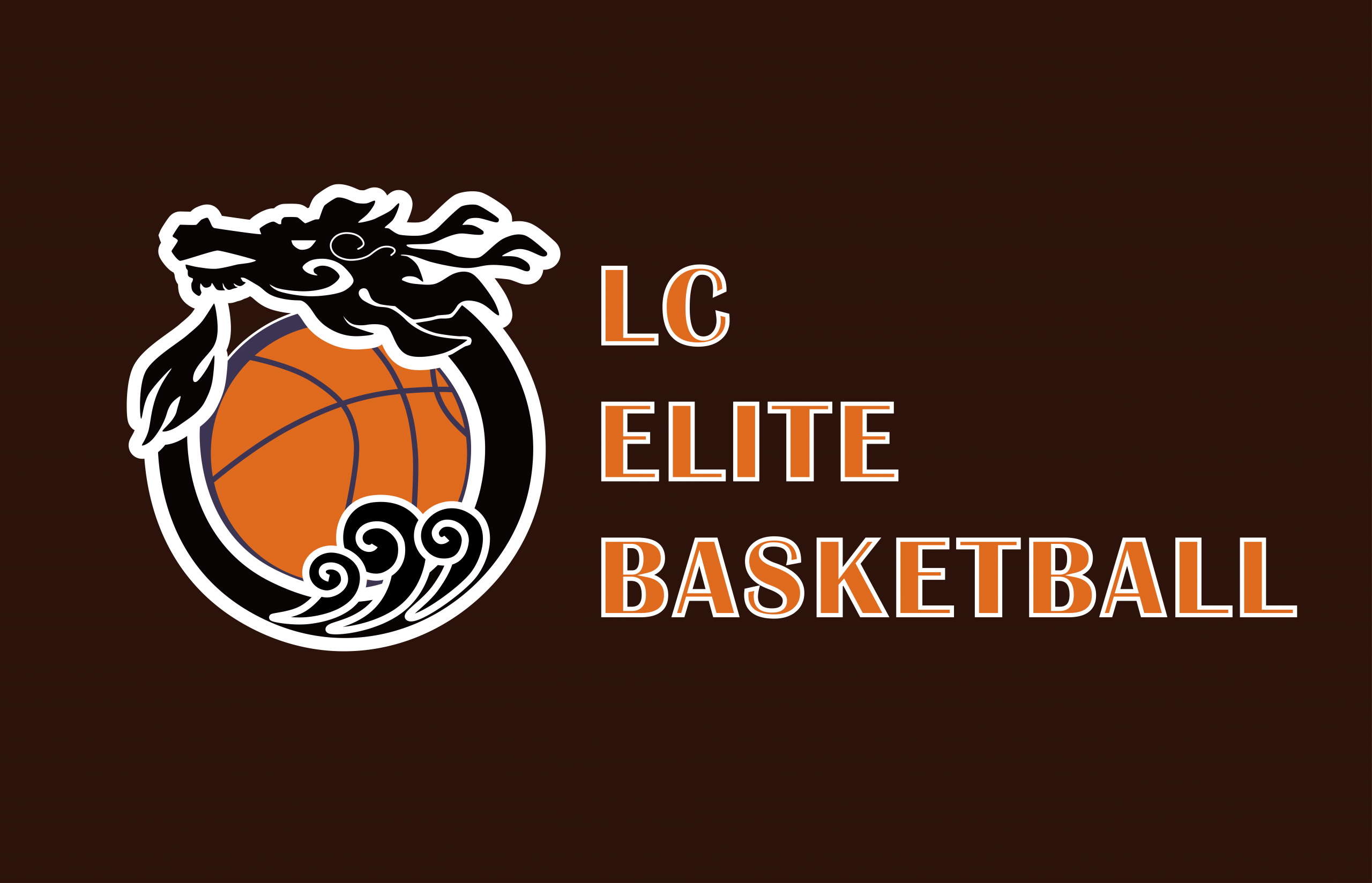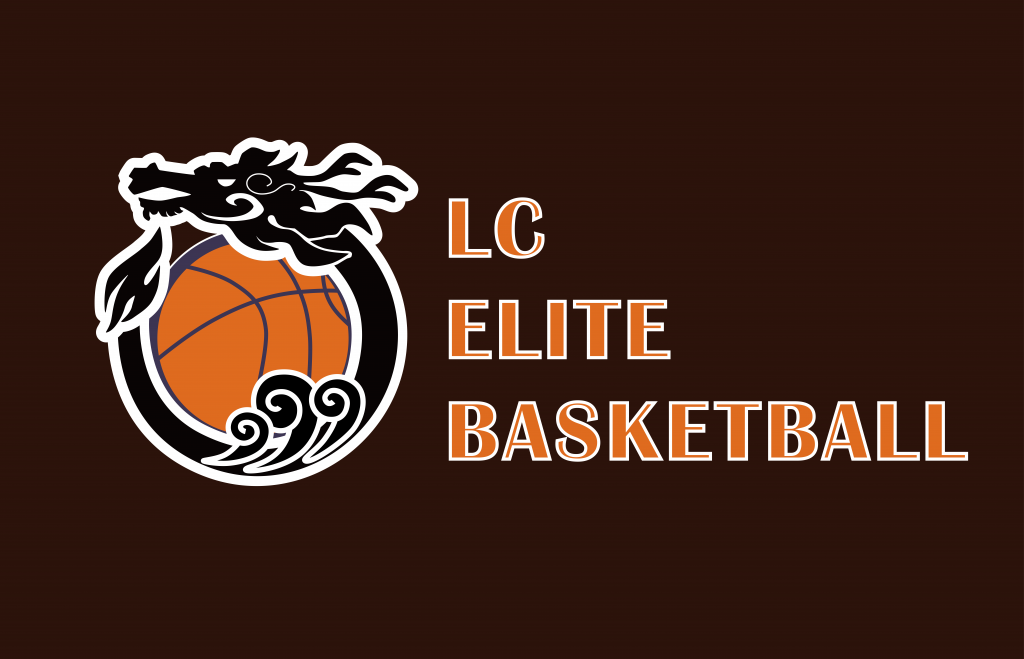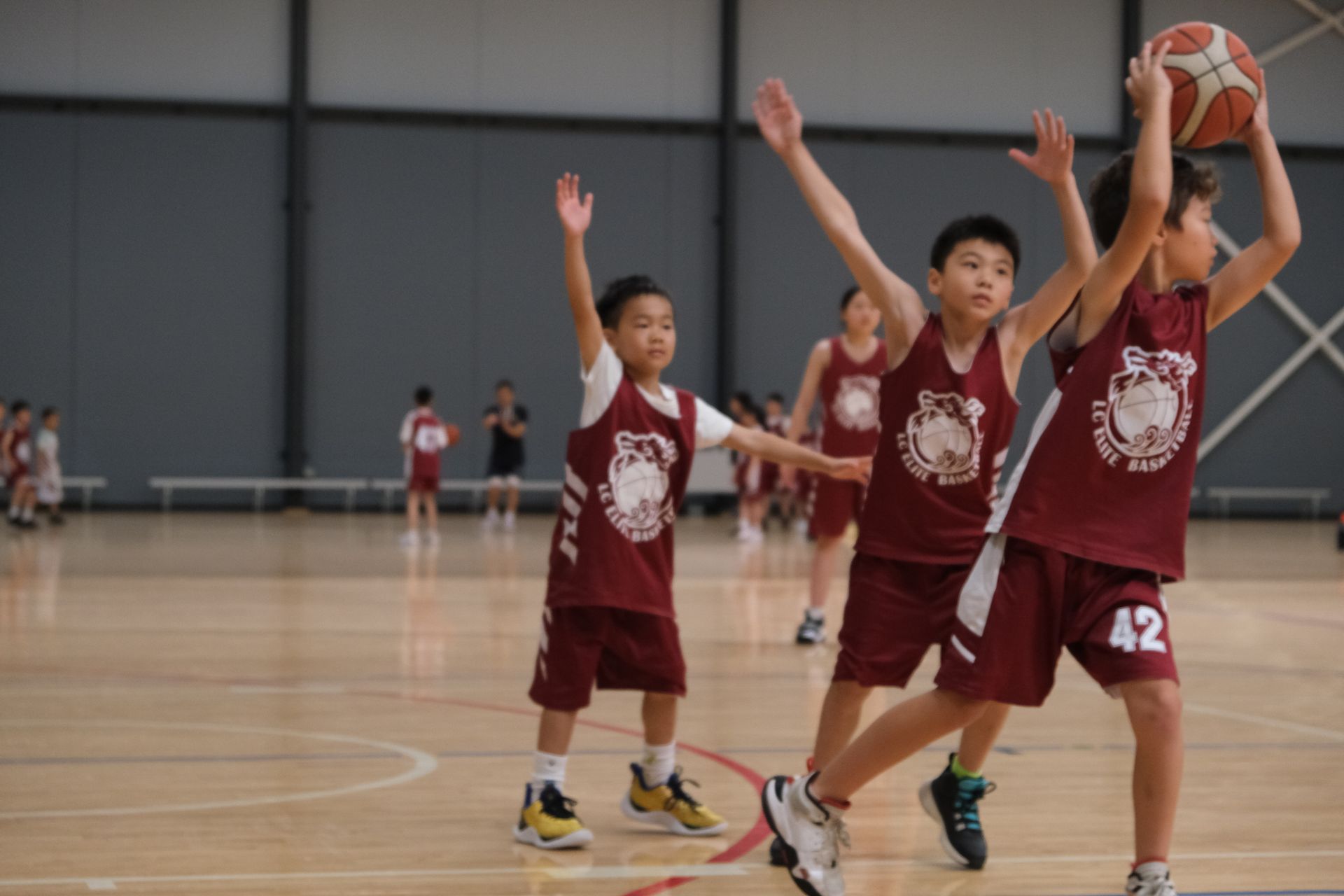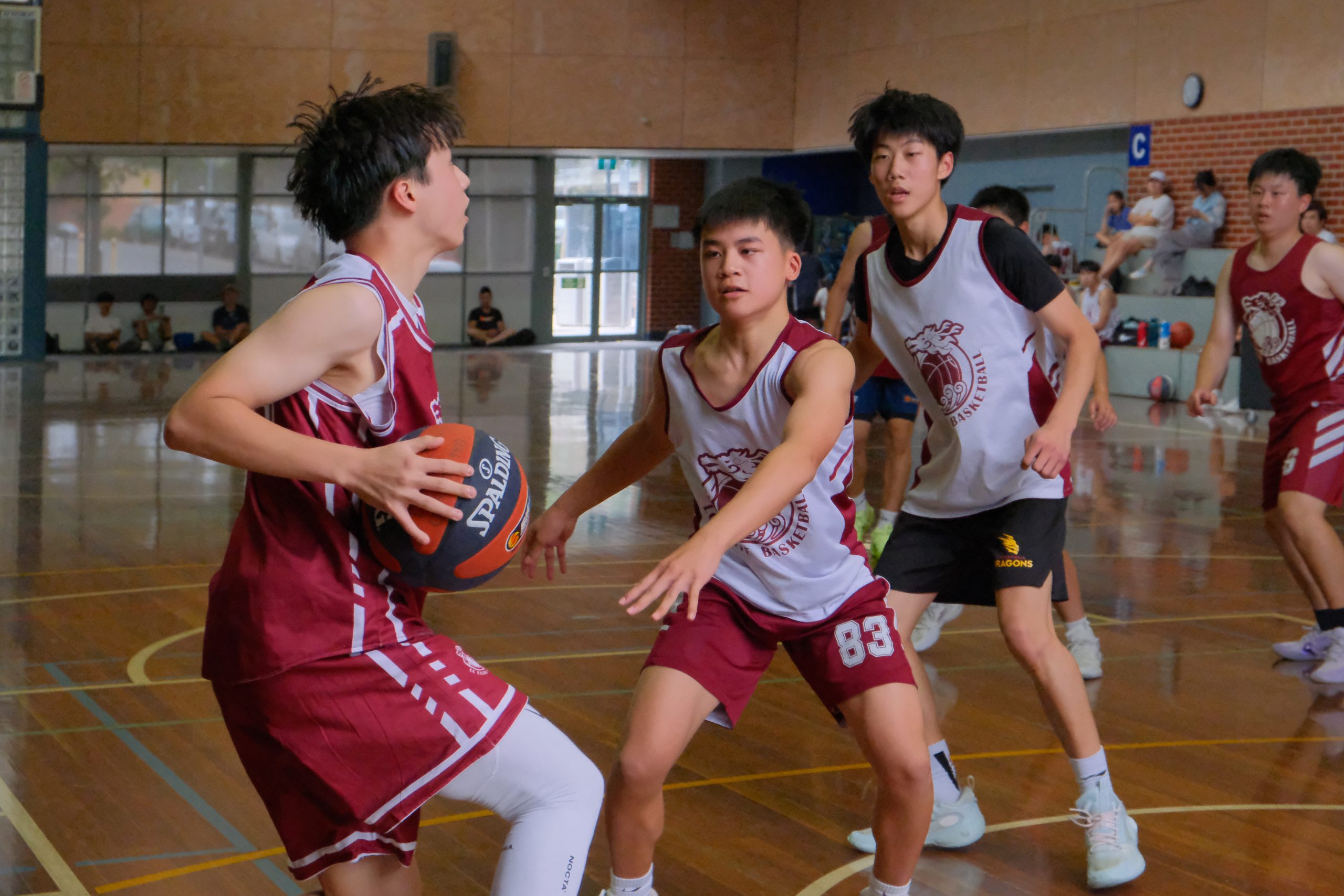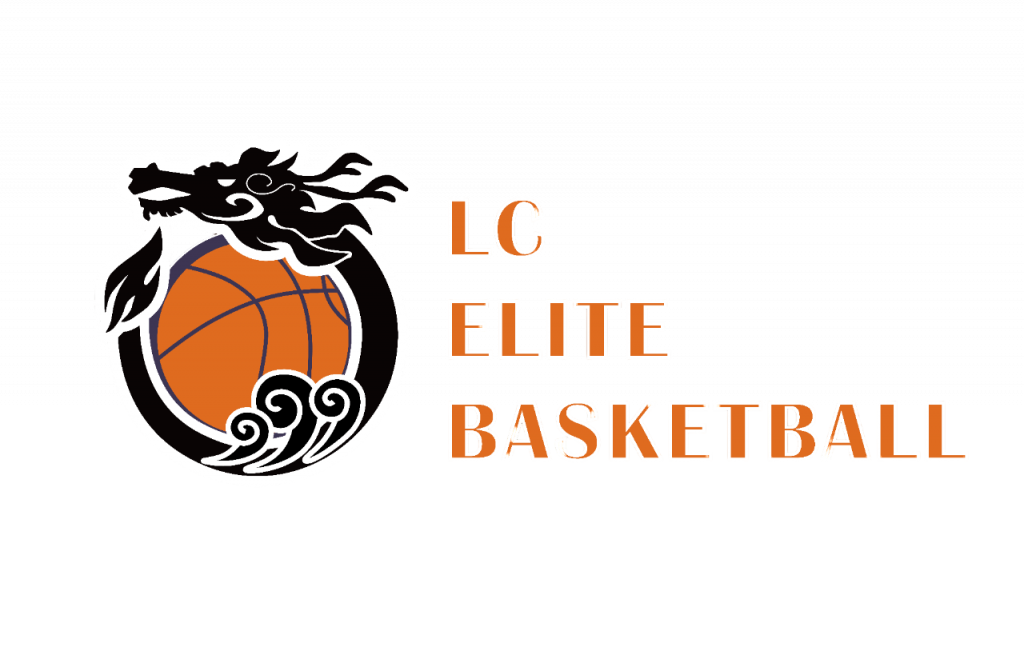Developing sound basketball footwork skills is a fundamental requirement for excelling on the court. A player’s footwork directly impacts their agility, balance, speed and coordination – all critical attributes for high-level performance. Mastering footwork techniques that enhance movement efficiency can give players a significant competitive edge. This expanded guide will explore basketball footwork fundamentals in detail and provide drills to build flawless footwork.
The Importance of Footwork in Basketball
Sharpening footwork skills offers a multitude of benefits for basketball players:
- Quicker direction changes – Proper footwork allows players to stop, start, pivot, change pace and alter direction faster to create space from defenders. Crisp footwork creates separation.
- Enhanced balance and stability – Strong footwork mastery helps players maintain great balance through physical contact, screens and tight defense without losing control or focus. Players stay upright and in position.
- Elevated jumping ability – The foundation of strong footwork provides the base to generate more power and lift on rebounds, layups and jump shots. Jumping height and power increases.
- Better body control – Precise footwork leads to improved coordination and control over one’s center of gravity for fluid, efficient movement. Players move seamlessly.
- Injury prevention – Proper footwork techniques reduce strain on joints and ligaments by distributing force appropriately and avoiding undue torque. Injury risk is lowered.
Clearly, dialing in proper basketball footwork pays dividends across all aspects of the game from quickness to balance to explosive leaping ability. It should be a primary focus.
Basketball Footwork Fundamentals
Several key footwork fundamentals provide the base for skill development:
- Stance – Maintain good width with feet about shoulder-width apart, knees bent, and weight balanced evenly. Keep feet positioned slightly wider than hips with toes pointed straight ahead or slightly outward.
- First step – The initial step is critical, so master explosively pushing off the foot opposite of the desired direction of movement. Rotate hips and core for momentum.
- Change of pace – Vary foot speed going from fast to slow or slow to fast to keep defenders guessing. Use compact, choppy steps to set up, then explode forward.
- Lateral slides – Side-shuffle smoothly by stepping laterally with one foot and then bringing the other to it in a fluid “T” step. Lead with inside foot on cross-body slides. Stay low in a defensive stance.
- Pivoting – Rotate the body using the foot anchored to the floor as an axis point. Keep knees bent and core engaged for stability. Pivot feet should maintain full floor contact.
- Jump stops – Land softly with feet shoulder-width apart and knees bent to absorb impact when receiving passes or pulling up quickly.
Agility Drills for Better Footwork
Drills that develop agility and dynamic coordination are vital for improving footwork technique and skills. Here are some excellent footwork agility drills:
- Tire running – Run through stacked tires focusing on driving knees high and using light, quick steps to build explosive leg strength and power.
- Ladder drills – Use agility ladders to practice shuffling, hopping, skipping and stepping in patterns that enhance foot speed and coordination.
- Cone drills – Set up cones in patterns to drill backpedaling, pivots, cuts, and slides, emphasising proper ready technique from different angles.
- Box jumps – Jump forward and backward or side-to-side on and off boxes to develop powerful first steps from athletic stances.
- Jump rope – Master skip rope patterns to build lighter, quicker foot contacts. Balance on one foot while skipping to improve body control.
- Defensive slides – Set up obstacles and visualise defenders to practice quickly sliding feet to maneuver while maintaining a proper defensive stance.
- Acceleration sprints – Run progressively longer distances, starting from stationary athletic stances to explode into sprints.
Drills By Footwork Skill
Targeting specific footwork skills through focused drills develops all-around excellence:
Lateral Quickness
- Shuffle side-to-side around cones
- Defend invisible dribblers approaching from different angles
- Mirror partner’s lateral dummy defensive slides
Stopping/Starting
- Sprint and immediately stop and pivot on whistle.
- Backpedal, then sprint forward on command.
- Run circles around cones, cutting sharply.
Jumping
- Bounding leap drills
- Tuck jumps
- Box jumps with controlled stick pivot landings
Balance/Stability
- Single-leg standing holds
- Defensive slides dragging back foot
- Pivots on foam pad keeping equal floor pressure
Direction Changes
- Zig-zag runs
- Cariocas around cones
- Full-court sprints, changing direction at half-court.
Agility Ladder
- Icky shuffle
- One-foot hopscotch sequences
- Lateral skaters
Tips for Improving Footwork
Beyond drills, here are useful tips for developing excellent footwork:
- Practice footwork skills every workout, even for 10-15 minutes.
- Master proper defensive positioning and slides as the base.
- Keep knees bent with center of gravity low during movement.
- Get low with solid footwork before catching passes.
- Use precise footwork and pivots in the post to gain position.
- Develop ambidextrous footwork, finishing plays with both hands.
Stellar footwork is vital for unlocking next-level performance. By drilling proper techniques and honing agility, quickness, balance and efficiency, players will gain a big edge over opponents. Mastering these basketball footwork fundamentals jumpstarts skill development across all areas.
Conclusion
As we wrap up this comprehensive guide to developing excellent basketball footwork, look ahead with anticipation to honing your own footwork skills through our basketball training programs. The insights shared here are just a glimpse of what’s to come—a prelude to an experience designed to take your footwork to the next level.
Picture yourself at our state-of-the-art facility, surrounded by passionate coaches and players eager to embark on a journey of footwork enhancement and skill development. Our basketball training is not just an event; it’s a celebration of focus, perseverance and the unwavering spirit of those who strive for excellence on the court.
Are you ready to be part of a community committed to flawless footwork, injury prevention and achieving your basketball potential? Click here to discover your personalised basketball training plan and secure your spot in a program dedicated to footwork mastery. Let’s create unforgettable moments together, shaping a basketball journey that transcends the ordinary.
Disclaimer: This blog article serves informational purposes only and does not replace professional guidance. For personalized training programs and advice, consult with qualified coaches or trainers LC Elite basketball Academy
